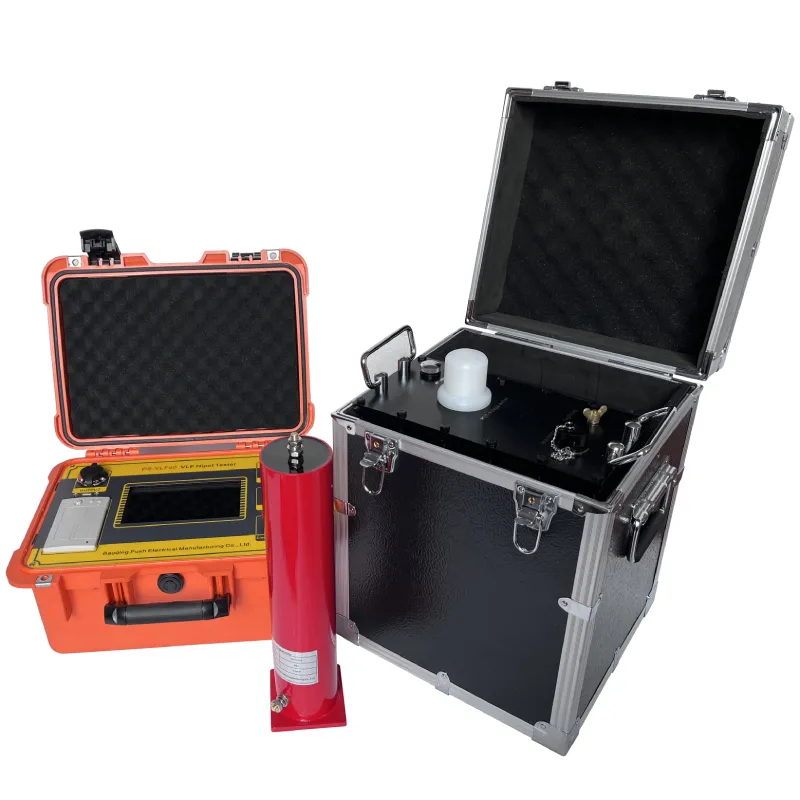 English
English



-
 Afrikaans
Afrikaans -
 Albanian
Albanian -
 Amharic
Amharic -
 Arabic
Arabic -
 Armenian
Armenian -
 Azerbaijani
Azerbaijani -
 Basque
Basque -
 Belarusian
Belarusian -
 Bengali
Bengali -
 Bosnian
Bosnian -
 Bulgarian
Bulgarian -
 Catalan
Catalan -
 Cebuano
Cebuano -
 China
China -
 China (Taiwan)
China (Taiwan) -
 Corsican
Corsican -
 Croatian
Croatian -
 Czech
Czech -
 Danish
Danish -
 Dutch
Dutch -
 English
English -
 Esperanto
Esperanto -
 Estonian
Estonian -
 Finnish
Finnish -
 French
French -
 Frisian
Frisian -
 Galician
Galician -
 Georgian
Georgian -
 German
German -
 Greek
Greek -
 Gujarati
Gujarati -
 Haitian Creole
Haitian Creole -
 hausa
hausa -
 hawaiian
hawaiian -
 Hebrew
Hebrew -
 Hindi
Hindi -
 Miao
Miao -
 Hungarian
Hungarian -
 Icelandic
Icelandic -
 igbo
igbo -
 Indonesian
Indonesian -
 irish
irish -
 Italian
Italian -
 Japanese
Japanese -
 Javanese
Javanese -
 Kannada
Kannada -
 kazakh
kazakh -
 Khmer
Khmer -
 Rwandese
Rwandese -
 Korean
Korean -
 Kurdish
Kurdish -
 Kyrgyz
Kyrgyz -
 Lao
Lao -
 Latin
Latin -
 Latvian
Latvian -
 Lithuanian
Lithuanian -
 Luxembourgish
Luxembourgish -
 Macedonian
Macedonian -
 Malgashi
Malgashi -
 Malay
Malay -
 Malayalam
Malayalam -
 Maltese
Maltese -
 Maori
Maori -
 Marathi
Marathi -
 Mongolian
Mongolian -
 Myanmar
Myanmar -
 Nepali
Nepali -
 Norwegian
Norwegian -
 Norwegian
Norwegian -
 Occitan
Occitan -
 Pashto
Pashto -
 Persian
Persian -
 Polish
Polish -
 Portuguese
Portuguese -
 Punjabi
Punjabi -
 Romanian
Romanian -
 Russian
Russian -
 Samoan
Samoan -
 Scottish Gaelic
Scottish Gaelic -
 Serbian
Serbian -
 Sesotho
Sesotho -
 Shona
Shona -
 Sindhi
Sindhi -
 Sinhala
Sinhala -
 Slovak
Slovak -
 Slovenian
Slovenian -
 Somali
Somali -
 Spanish
Spanish -
 Sundanese
Sundanese -
 Swahili
Swahili -
 Swedish
Swedish -
 Tagalog
Tagalog -
 Tajik
Tajik -
 Tamil
Tamil -
 Tatar
Tatar -
 Telugu
Telugu -
 Thai
Thai -
 Turkish
Turkish -
 Turkmen
Turkmen -
 Ukrainian
Ukrainian -
 Urdu
Urdu -
 Uighur
Uighur -
 Uzbek
Uzbek -
 Vietnamese
Vietnamese -
 Welsh
Welsh -
 Bantu
Bantu -
 Yiddish
Yiddish -
 Yoruba
Yoruba -
 Zulu
Zulu
titration instruments
The Importance of Titration Instruments in Analytical Chemistry
Titration, a fundamental technique in analytical chemistry, involves the quantitative analysis of a substance by measuring the volume of a titrant needed to react completely with the analyte. The precision and accuracy of titration processes heavily depend on the instruments used, as they play a vital role in achieving reliable results. In this article, we will explore various titration instruments, their functions, and their importance in analytical laboratories.
One of the most commonly used titration instruments is the burette. A burette allows for the precise delivery of a titrant, with graduation marks that enable the operator to measure the volume of liquid dispensed accurately. Traditional glass burettes have been widely used for many years, but modern advancements have introduced automated burettes, which enhance accuracy and reduce human error. These automated systems often incorporate sensors and actuators that control the flow of the titrant, providing a more controlled and reproducible delivery.
Another crucial instrument in titration is the pH meter. Many titrations, particularly acid-base titrations, rely on the accurate measurement of pH to determine the endpoint of the reaction. A pH meter provides real-time data on the acidity or alkalinity of a solution, helping scientists identify the exact moment the reaction reaches completion. The combination of a pH meter with a burette allows for a more sophisticated approach to titration, resulting in enhanced data accuracy.
titration instruments

In addition to traditional titration methods, there are advanced instruments that utilize potentiometric and conductometric techniques. Potentiometric titration involves measuring the voltage change in an electrochemical cell as the titrant is added. This method is highly sensitive and is commonly used for determining concentrations of ions in solution. Conductometric titration, on the other hand, measures the conductivity of a solution as the titrant reacts with the analyte, allowing for a different approach to identifying endpoints. Both of these techniques provide valuable insights, particularly when dealing with complex mixtures.
Furthermore, automated titration systems have gained popularity due to their efficiency and accuracy. These systems are equipped with computerized controls that automate the titration process, significantly reducing the time required for analysis. They are often used in high-throughput laboratories where numerous samples need to be analyzed rapidly. Automated titration systems can also integrate with other analytical instruments, such as spectrophotometers, to provide a more comprehensive analysis of the sample.
The significance of titration instruments extends beyond mere measurement. They are essential in various fields, including pharmaceuticals, food and beverage testing, environmental analysis, and quality control in manufacturing. Accurate titration results are critical for ensuring product safety and compliance with regulations, making it imperative for laboratories to invest in high-quality titration instruments.
In conclusion, titration instruments are indispensable tools in analytical chemistry. From traditional burettes to advanced automated systems, these instruments enhance the accuracy and reliability of titration processes. As technology continues to evolve, the capabilities of titration instruments will undoubtedly improve, furthering our ability to conduct precise analyses across various scientific fields. Investing in the right titration instruments not only enhances laboratory efficiency but also ensures the integrity of the findings, which can have far-reaching implications in research, industry, and safety standards.
-
Testing Equipment Industry Sees Major Advancements in 2025: Smart & Precision Technologies Lead the WayNewsJun.06,2025
-
Applications of Direct Current Generators in Renewable Energy SystemsNewsJun.05,2025
-
Hipot Tester Calibration and Accuracy GuidelinesNewsJun.05,2025
-
Digital Circuit Breaker Analyzer Features and BenefitsNewsJun.05,2025
-
Benefits of Real-Time Power Quality Monitoring Devices for Industrial EfficiencyNewsJun.05,2025
-
Earth Fault Loop Testing in High-Rise Building Electrical SystemsNewsJun.05,2025



